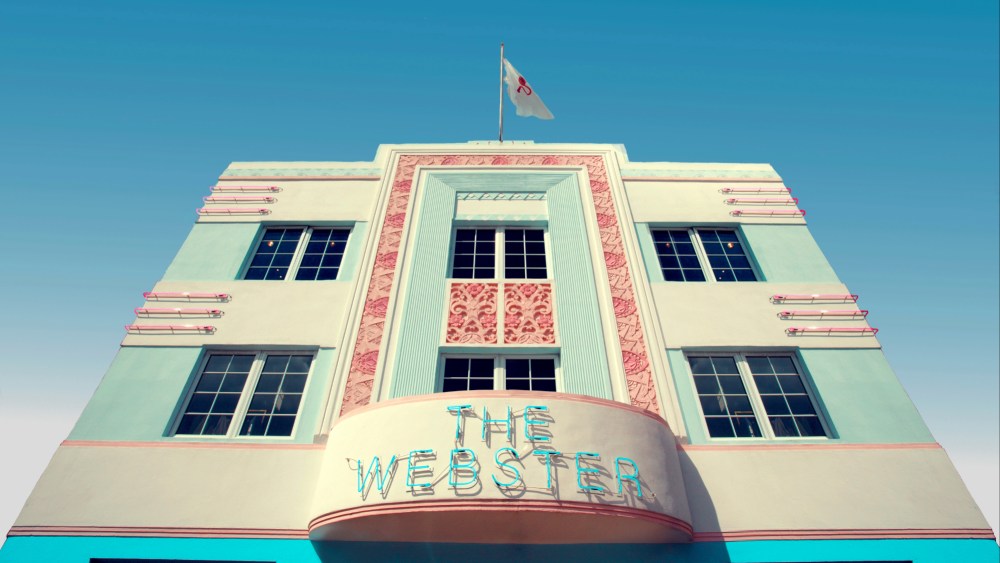
If you’ve ever pored over the pioneering autofiction classic I Love Dick (or, for that matter, watched its Joey Soloway-helmed 2016 TV adaptation starring Kathryn Hahn and Kevin Bacon), you likely need no introduction to Chris Kraus. The Bronx-born author’s oeuvre also includes the novels Aliens and Anorexia, Summer of Hate, and Torpor and the essay collections Video Green and Where Art Belongs.
Kraus, who is co-editor of the publishing house Semiotext(e), has a new book out this week: The Four Spent the Day Together, an autobiography-meets-true-crime novel about a murder case in northern Minnesota and the bystanders it entrances. To mark the occasion, Vogue asked her to reflect on the five books that made her into the genre-defining and wildly prolific writer she is today. She talks us through them below.
Main Street by Sinclair Lewis
First published in 1920, this forgotten classic is a kind of Madame Bovary of early 20th-century American small-town life. Carol Milford, an independent, artistic social reformer, meets Will Kennicott, a young country doctor, while she’s at college, soon marrying him and following him back to his hometown of Gopher Prairie, Minnesota. Relegated to the boozy banality of endless gatherings among a small clique of upper-middle-class matrons, Carol languishes until she falls into an impossible romance with a young artist.
What strikes me the most about Main Street is its durational nature: it covers a huge sweep of time as it traces the life histories of this badly matched married couple. At the same time, Lewis meticulously describes the development of a prairie settlement into a small American town—the backroom deals, the speculations. I love the minute detail of it, and Lewis’s boldness in allowing the novel to sometimes become as dry and mundane as real life.
The Eighth Moon by Jennifer Kabat
Kabat’s beautiful debut novel, which was published last year, describes her and her husband’s decision to relocate permanently to the small Catskill town of Margaretville years before upstate New York and WFH were a thing. She and I were writing our novels at the same time, and they’re each drenched in a feeling of place—we both try to capture the risk and the thrill of entering parallel worlds. Jennifer’s exhaustive interest in local history and plants also make her one of the most stunning nature writers I know of.
In Cold Blood by Truman Capote
Capote’s absolute masterpiece established a new genre, the “non-fiction novel,” a possible precursor to the New Journalism of the 1970s. In the wake of the shocking 1959 murders of the entire Klutter family on their midsize farm, Capote traveled to Holcomb, Kansas, where the murders occurred, and became an intimate friend to the entire town. They told him everything! He also established close relationships with the soon-apprehended killers, Richard Hickock and Perry Smith—who represent the incursion of a rootless nihilism into Holcomb’s seemingly picture-perfect, mid-century American life. Capote provides such granular detail that it’s impossible not to empathize with everyone in the book.
The Executioner’s Song by Norman Mailer
This impossibly brilliant book is a little like In Cold Blood, two decades later. Its 1,000 or so pages chronicle the childhood, criminal history, and loves of Gary Gilmore, a skewed, genius grifter who unwittingly overturned the federal ban on the death penalty through his quest for his own execution after a “speedy trial.” Like In Cold Blood, this book was written pre-Internet, when people talked to researchers without any apparent fear of social consequences or litigation to come. Mailer captures the cynicism and decay of the American 1970s like no other writer I know.
Edith’s Diary by Patricia Highsmith
One of Highsmith’s later novels, Edith’s Diary isn’t a crime book or thriller—it’s an acute psychological portrait of a woman exiled to a Pennsylvania suburb from the Greenwich Village apartment she shares with her husband. It’s like an extreme version of Richard Yates’s 1961 novel Revolutionary Road. Isolated and left alone for most of the day to care for her frighteningly violent special-needs child, Edith becomes increasingly eccentric, almost deranged. Highsmith masterfully draws out this trajectory over the years: the precise moment when Edith’s eccentricities turn into madness is impossible to locate.
#Required #Reading #Books #Changed #Chris #Krauss #Life












